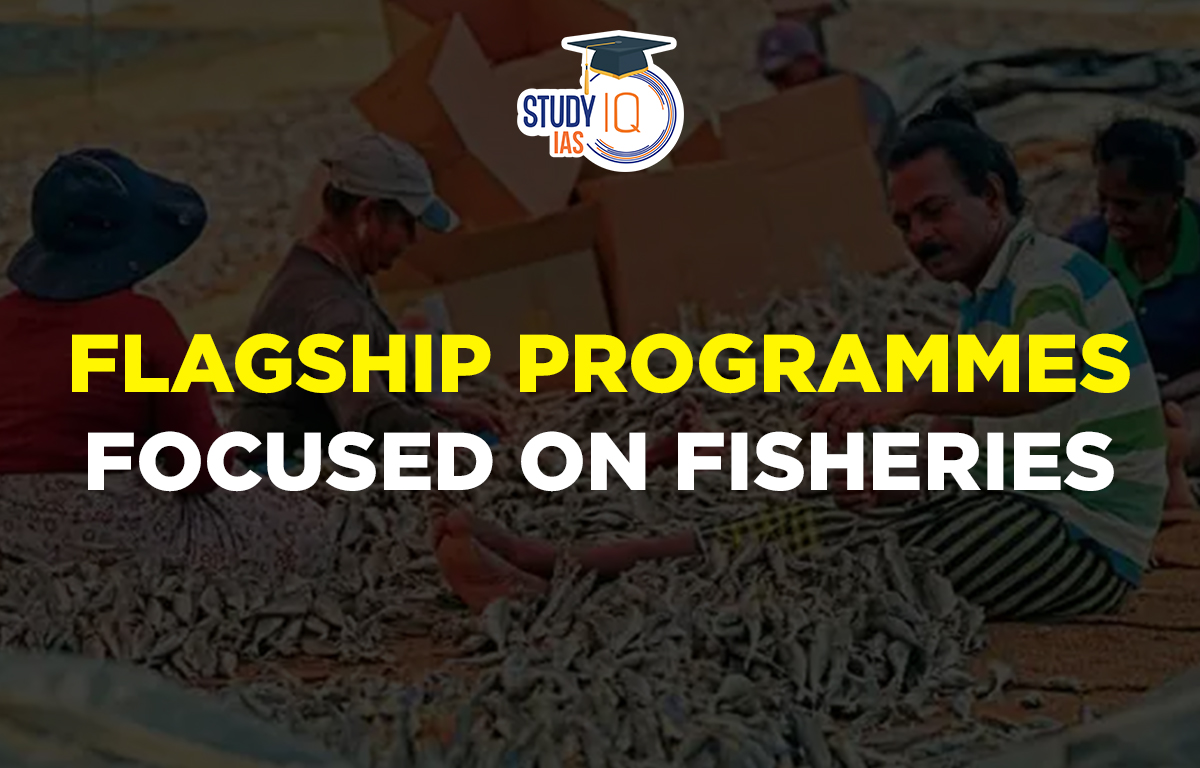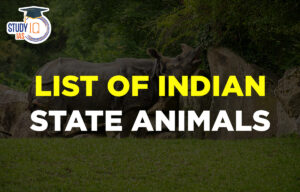Table of Contents
Context: The Union Minister of Fisheries, Animal Husbandry and Dairying, launched three national flagship programmes at ICAR-CIBA campus, Chennai
Fisheries Outlook in India
- India is the third largest fish producing country with a fish production of 14.73 million metric tonnes and one of the largest exporters of farmed shrimps around 7 lakh tonnes.
- India exports seafood to over 120 countries and is among the top 5 fish exporting countries in the world.
- Nearly 16 per cent of our country’s agricultural exports constitute fish and fish products.
- However, the country loses about 7200 crore annually due to diseases.
National Surveillance Programme for Aquatic Animal Diseases (NSPAAD) Phase-II
- NSPAAD Phase-I was launched in 2013, with a focus on strengthening the farmer-based disease surveillance system.
- Objective: To ensure that disease cases are reported immediately, investigated, and farmers receive scientific assistance.
- NSPAAD Phase II will be implemented across India, and all the state fisheries departments, along with the Marine Products Export Development Authority (MPEDA) are expected to play an important role in this nationally important surveillance programme.
Genetic Improvement Program of Penaeus indicus (Indian White Shrimp)-Phase-I
- ICAR-CIBA has taken up the genetic improvement programme of Indian white shrimp, Penaeus indicus as a national priority under the Make in India program.
- Need of Programme: Shrimp farming sector mostly depends on one exotic Specific Pathogen Free stock of Pacific white shrimp (Penaeus vannamei).
- It is highly risky to depend on one species for the production of 10 lakh tonnes and the livelihoods of two lakh farm families directly, and around ten lakh families indirectly associated in the ancillary sectors.
- India achieved about 430% growth in shrimp production during the last decade.
- Department of Fisheries has sanctioned the ‘Genetic Improvement Program of Penaeus indicus (Indian White Shrimp)-Phase-I’ with an outlay of Rs. 25 crore under the Pradhan Mantri Matsya Sampada Yojana (PMMSY) to establish a National Genetic Improvement Facility for shrimp breeding.
- It will break single species dependence and to promote indigenous species vis-à-vis exotic shrimp species.
Shrimp Crop Insurance Product
- Shrimp farming is labelled as a risky venture and due to this, the banking and insurance institutions are cautious about taking up business in the shrimp sector.
- ICAR-CIBA developed a Shrimp Crop Insurance product with the support of Alliance Insurance brokers which was filed with the IRDAI by Oriental Insurance Company Limited.
- It charges a differential premium based on location and requirements of the individual farmer from 3.7 to 7.7 % of input costs
- Farmers will be compensated to the tune of 80 % loss of input cost in the event of total crop loss. i.e., more than 70% crop loss.
Pradhan Mantri Matsya Sampada Yojana (PMMSY)
- Aim: Increasing fish production by an additional 70 lakh tonnes and increase fish export earning to Rs 1 lakh crore by 2024-25.
- To address crucial gaps in the fisheries value chain of fish productivity, production, quality, post-harvest infrastructure, technology and marketing.
- To strengthen and modernise the value chain, establish a fisheries management framework, enhance traceability while ensuring the socio-economic welfare of fish farmers and fishers.
- The government approved the PMMSY with an estimated investment of Rs.20,050 crore to develop the fisheries sector and the welfare of the fishers.
- This scheme is being implemented in all the States and Union Territories in India for five years, i.e. 2020-21 to 2024-25.
ICAR-CIBA
- Indian Council of Agricultural Research (ICAR), under the Ministry of Agriculture, Government of India established the Central Institute of Brackish water Aquaculture (CIBA) at Chennai.
- CIBA serves as the nodal agency for the development of brackish water aquaculture in the country.
- Significance of Brackish water: Brackish water resources are considered unique and ideal for aquaculture due to their biodiversity richness, high productivity, wide tolerance of fishes to water parameters, negligible footprint on potable water, and less carbon emission.


 Daily Quiz 17 April 2025
Daily Quiz 17 April 2025
 Nilgiri Biosphere Reserve, Map, Climate,...
Nilgiri Biosphere Reserve, Map, Climate,...
 Complete List of Indian State Animals
Complete List of Indian State Animals





















